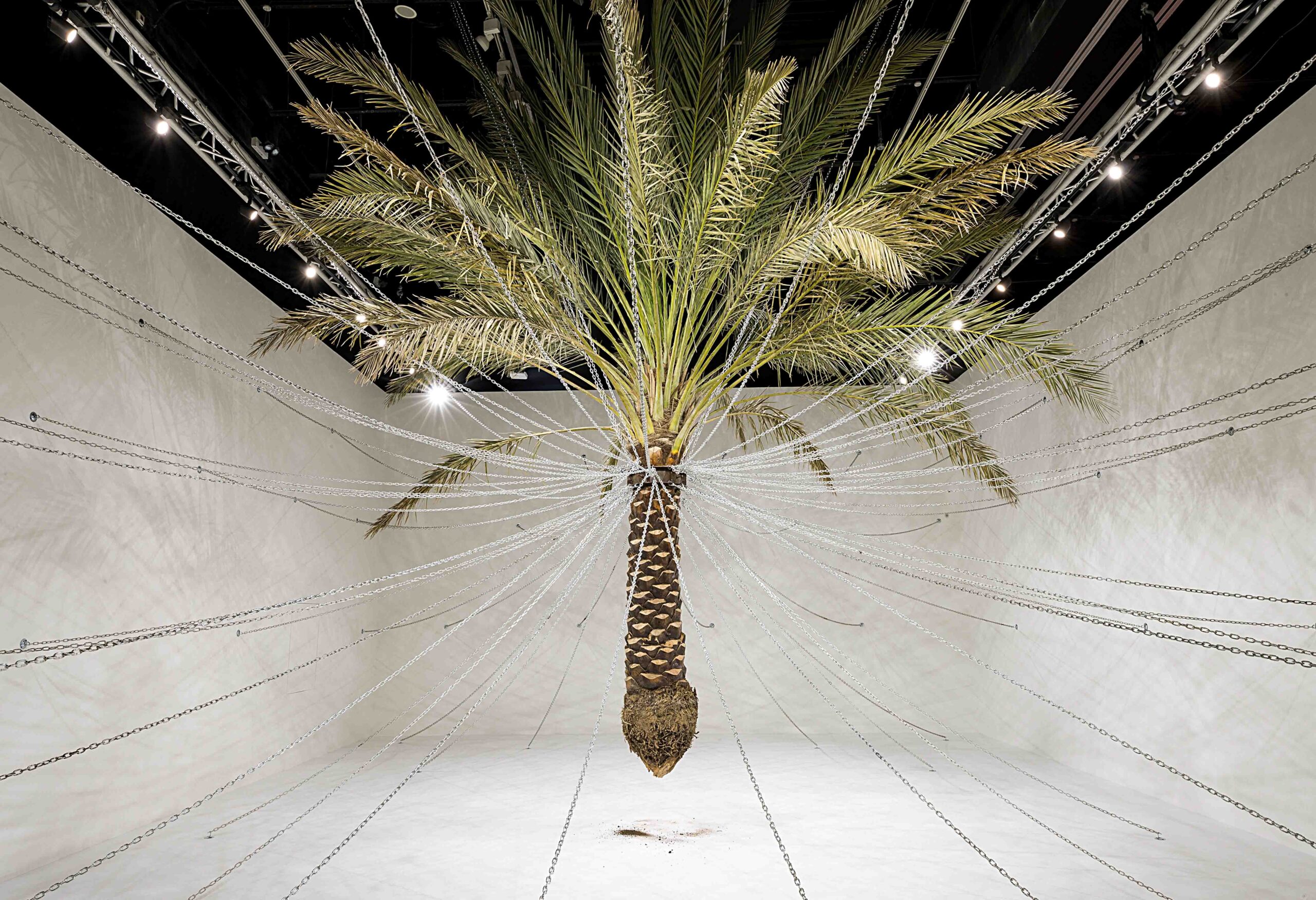VASUDEO S GAITONDE – Art & Deal Correspondent
Over the past decade, appreciation for Vasudeo Santu Gaitonde (1924–2001) has grown markedly. But why has recognition been so belated compared to his contemporaries? There are likely a number of factors. As a painter who pursued nonrepresentational art—a mode outside the figural tradition embedded in Indian visual culture since its origins—he has been classified as an “outlier” among his artistic circle and fellow Progressive Artists’ Group (PAG) members. Gaitonde’s personal life circumstances and characteristics also played a part. A 1984 car accident led to a physical disability that prevented him from painting large canvases for more than a decade. In addition, his demanding professionalism and ideals sparked the destruction of canvases that failed to meet his artistic vision or standards. As a result, he created only five or six paintings annually during his productive years. But at the core of Gaitonde’s enigmatic standing in the art world was his reclusive and introspective nature, compounded by his reluctance to promote himself or talk about his creative vision.
Despite the myriad challenges, chronological holes, and enigmas, his innovative legacy and unique stature among Indian artists of his era are increasingly clear. His work has recently been featured in two major retrospective exhibitions: the Jehangir Nicholson Art Foundation at the Chhatrapati Shivaji Maharaj Vastu Sangrahalaya Museum in Mumbai in 2019 and the Guggenheim Museum of Art in New York in 2014. The first biography of the artist was published in 2016 by Meera Menezes entitled Vasudeo Santu Gaitonde: Sonata of Solitude, published through the auspices of the Bodhana Art and Research Center.
According to the late American critic Holland Cotter, Gaitonde was the only Indian Modernist artist who “looked westward, eastward, homeward and inward to create an intensely personalized version of transculturalism” (“An Indian Modernist with a Global Gaze,” The New York Times, 1 January 2015). As such, his artistic journey has the potential to shed further light on other PAG associates, despite their differing styles and subject matter, as well as foster a greater acknowledgment of a global abstract art phenomenon during the second half of the 20th century.

